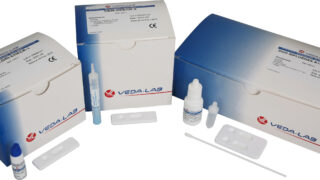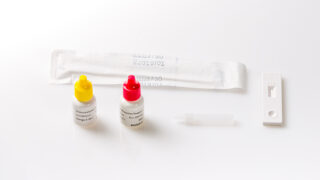Categories
Mononucleosis Rapid Test
Mononucleosis, known as the “mono spot” test or the infectious mononucleosis test, is a diagnostic test that helps identify the presence of the Epstein-Barr virus (EBV) in a person’s blood. EBV is the virus responsible for causing mononucleosis, a common viral infection often referred to as the “kissing disease.” The test is used to confirm a mononucleosis diagnosis. It plays a crucial role in identifying the underlying cause of symptoms like fatigue, fever, and sore throat, enabling appropriate medical care and management.
Product information
The Mononucleosis Rapid Test is a rapid qualitative assay for the detection of human heterophile IM antibodies (IgM class) in serum, plasma or whole blood.
Advantages of Mononucleosis test
- Easy to perform
- No complex sample collection needed
- Accurate test result
General information
Infectious Mononucleosis (IM) is an acute disease caused by the Epstein-Barr virus (EBV). The most common symptoms are fatigue, pharyngitis, fever, lymphadenopathy, splenomegaly and hepatitis. Heterophile antibodies are the primary antibodies which appear in the patient’s serum, usually one to three weeks after the onset of symptoms and in 85% to 95% of the cases. These antibodies are mainly of IgM class and may be detected in patient serum over one year after the onset of illness. Reliable laboratory diagnosis of IM has been performed for over fifty years based on the detection of heterophile antibodies. These antibodies are directed against antigens found in bovine, sheep and horse erythrocytes.
The Mononucleosis Rapid Test is a rapid qualitative assay for the detection of human heterophile IM antibodies (IgM class) in serum, plasma or whole blood. The method employs a unique combination of anti IgM dye conjugate and horse erythrocytes extract fixed on the membrane to specifically detect IM heterophile antibodies with a high degree of sensitivity. As the sample flows through the absorbent device, the anti Ig M-dye conjugate binds to the IgM heterophile antibodies forming an antibody-antigen complex. This complex binds to the horse extract in the positive reaction zone (T) and produces a pink-rose color band.
In the absence of IgM heterophile antibodies, there is no line in the positive reaction zone (T). The mixture continues flowing through the absorbent device past the reaction zone and control zone (C). Unbound conjugate binds to the reagents in the control zone (C) producing a pink-rose color band, demonstrating that the reagents are functioning correctly.
Test procedure
- Remove the test device from the pouch.
- Add 25 μL of the positive control into the sample well on reaction device (▷).
- Using the dropper bottle, add 4 drops of diluent into the sample well (▷).
- Read the results of the test after 5 to 10 minutes.
Interpretation of the results
Negative result: Only one colored band appears on the control zone (C).
Positive result: In addition to the control band, a distinguishable band also appears in the test zone (T) indicating a positive result.
Invalid result: If there is no band in the control zone (C), the test is inconclusive. In this case, it is recommended that the test be repeated or a fresh specimen obtained and tested 48 hours later.
| Product name | Mononucleosis Rapid Test |
|---|---|
| Detection | Infectious Mononucleosis in Whole blood, Serum or Plasma |
| Type | |
| Sample Type | |
| Pack Size | |
| Format | |
| Analyte Detection |
Related products
-
Heart Markers
CK-MB Rapid Test
Price requestThe CK-MB test, or Creatine Kinase-MB test, is a commercially available diagnostic blood test used to measure the levels of a specific enzyme called creatine kinase-MB in the bloodstream. This test is primarily used to assess and diagnose heart muscle damage, such as during a heart attack.
Elevated CK-MB levels in the blood can indicate myocardial injury, as this enzyme is primarily found in the heart muscle. It is an important tool for healthcare professionals to help confirm or rule out acute coronary syndrome and other cardiac conditions.
-
Heart Markers
D-Dimer Rapid Test
Price requestThe D-dimer test is a test that measures the levels of D-dimer, a protein fragment, in the bloodstream. It’s a critical diagnostic tool for detecting abnormal blood clot formation, often associated with conditions like deep vein thrombosis and pulmonary embolism. Healthcare providers use this test to assess the likelihood of clot-related disorders, aiding in diagnosis and guiding treatment decisions. It plays a crucial role in ensuring patient safety and timely medical interventions.
-
Hormone Tests
hCG 25mIU/mL Rapid Test
Price requestThe human chorionic gonadotropin (hCG) test is a diagnostic test used to detect the presence of hCG, a hormone produced during pregnancy. This test is typically performed on a serum or urine sample. It is used to confirm pregnancy, as hCG levels rise early in gestation.
-
Medical Tests
Chlamydia Rapid Test
Price requestThe Chlamydia Test is a diagnostic test used to detect the presence of Chlamydia trachomatis, a common sexually transmitted infection (STI). This test is typically performed on urine or swab samples from the genital area. It is a critical tool for diagnosing chlamydia infections, which can lead to various health complications if left untreated. Timely testing and detection help individuals receive appropriate treatment and prevent the spread of the infection.

 Drug Test
Drug Test Heart Markers
Heart Markers Hormone Tests
Hormone Tests Medical Tests
Medical Tests Microbiology
Microbiology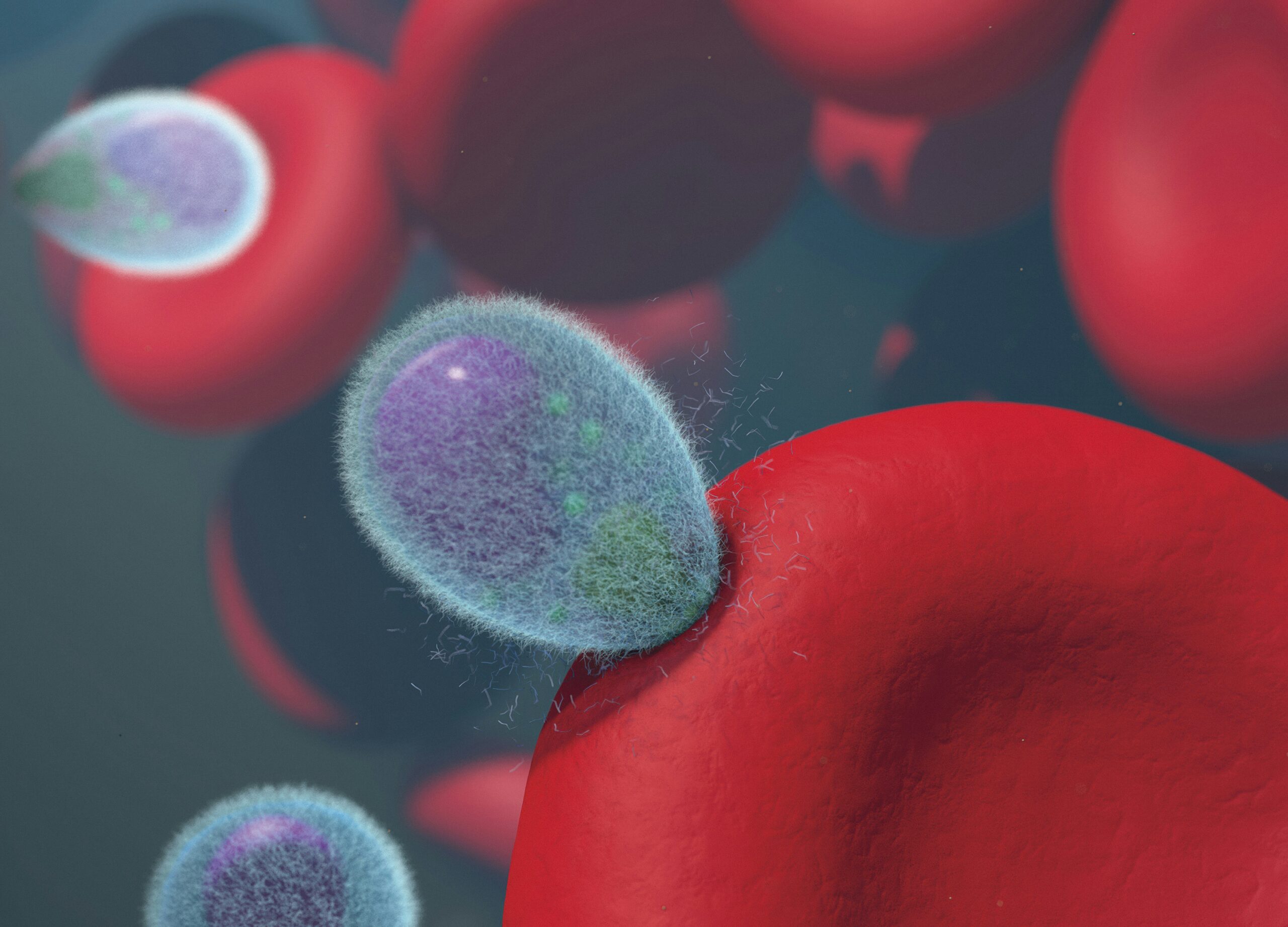 Parasite Infection
Parasite Infection Proteins and Inflammatory Markers
Proteins and Inflammatory Markers Qualitative Controls
Qualitative Controls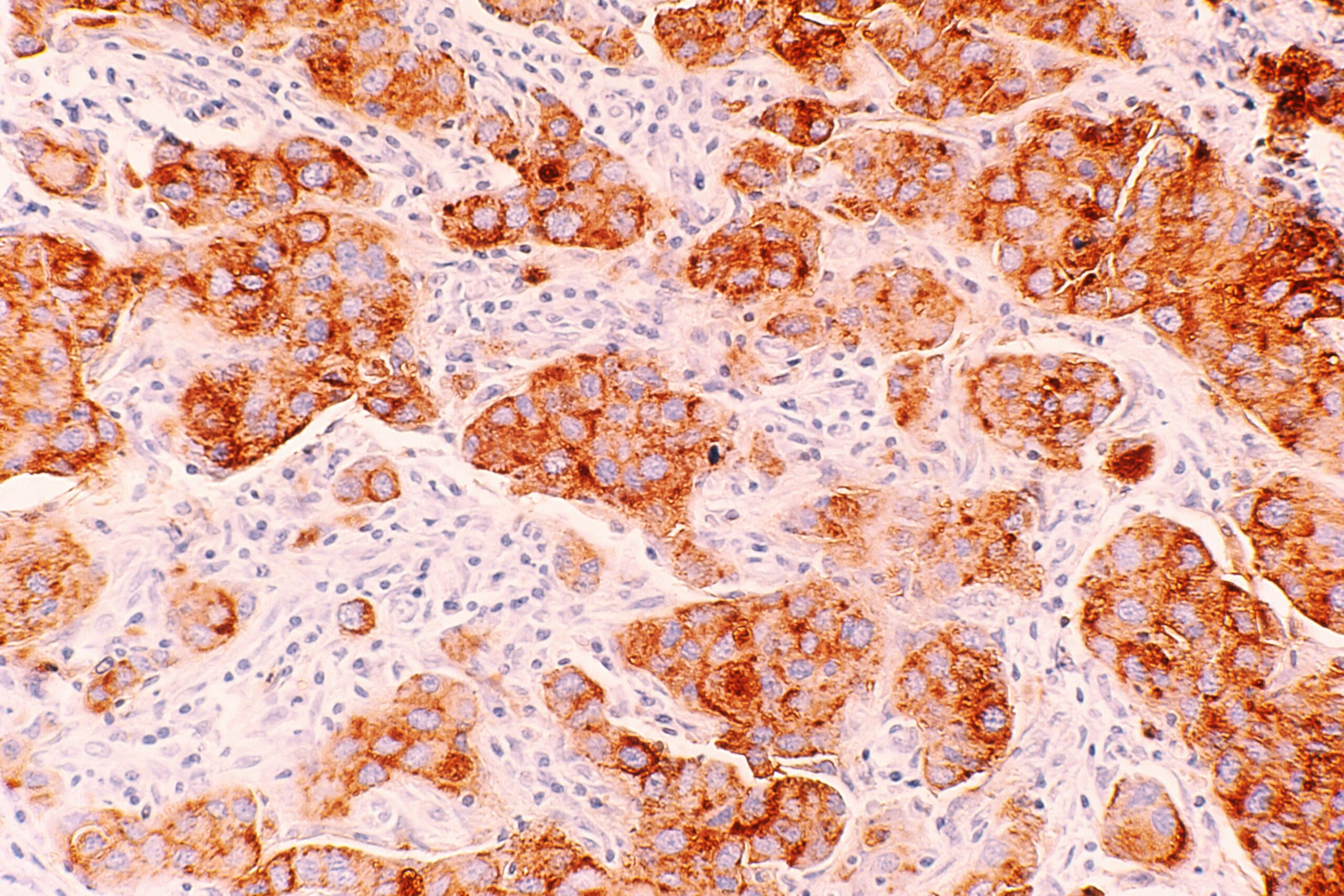 Tumor Marker
Tumor Marker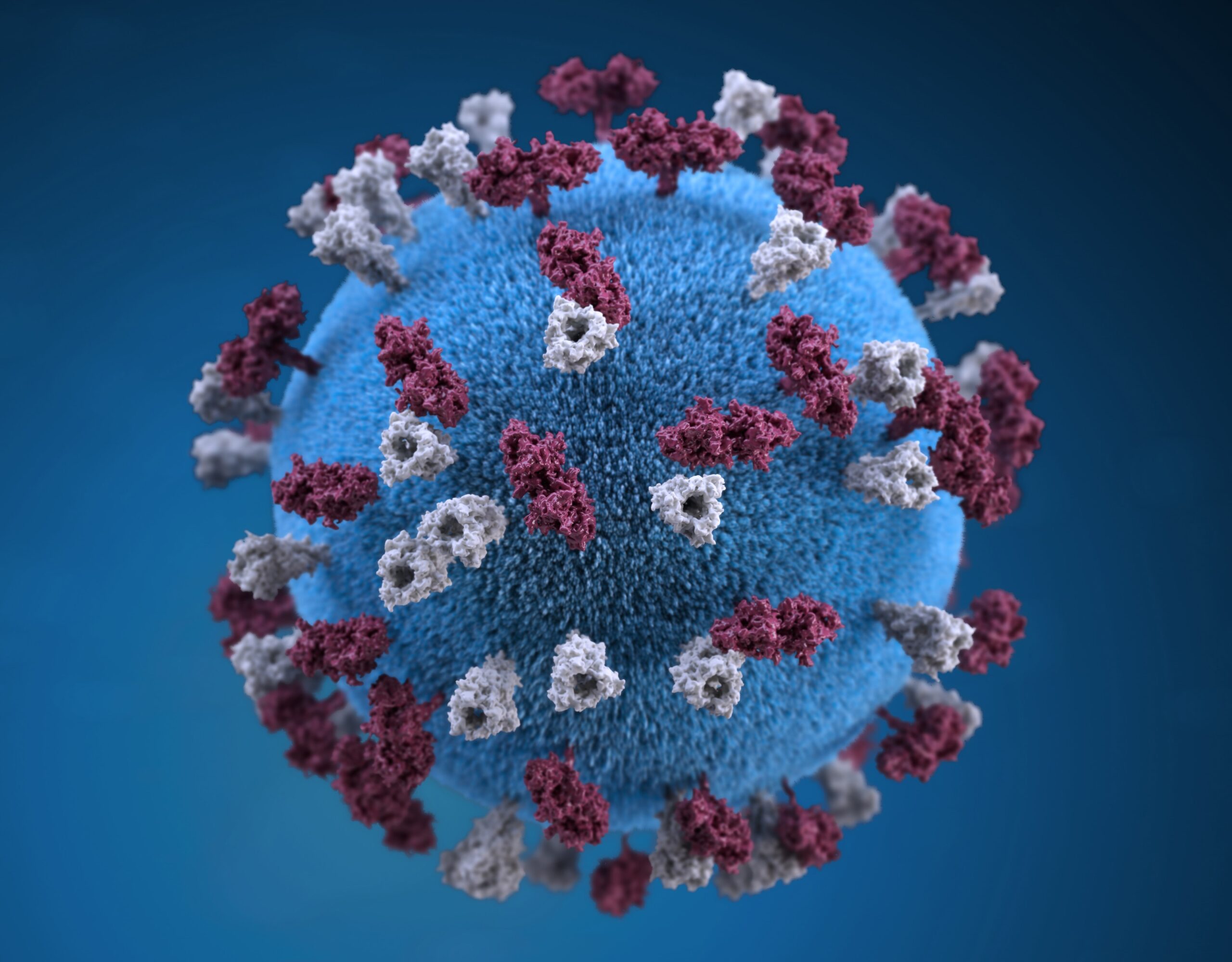 Viruses
Viruses
